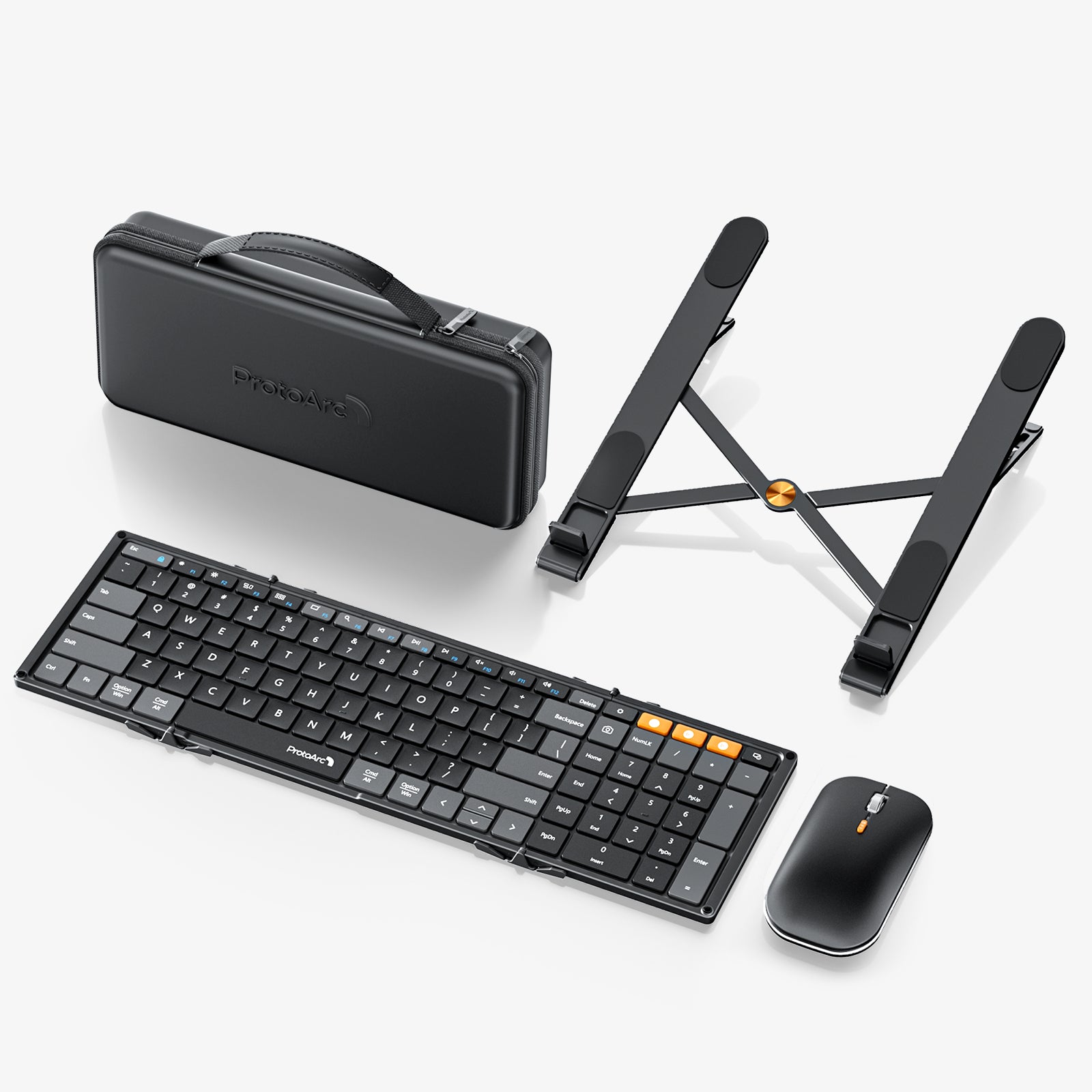Unlock Your Ultimate Gaming Experience: Master the Perfect Keyboard and Mouse Settings!
When it comes to gaming, every millisecond counts. The right keyboard and mouse settings can make a significant difference in your overall performance, comfort, and efficiency. Many gamers underestimate the importance of these adjustments, believing that they can rely solely on their skills. However, optimal settings can enhance reaction times, precision, and your overall gaming experience. Whether you’re an aspiring pro or a casual player, understanding and customizing your keyboard and mouse settings can lead to an edge over your competition. In this guide, we will delve into the essential keyboard and mouse settings that can unlock your ultimate gaming potential.

Understanding Keyboard Settings for Gamers
The keyboard is your primary interface with the game, and its settings are crucial for performance. Key sensitivity, response time, and key mapping are among the most important settings. Key sensitivity determines how much pressure is required to register a key press; this can significantly affect your ability to execute moves quickly in fast-paced games. For instance, a friend of mine, who plays competitive shooters, found that lowering his key sensitivity allowed him to make more precise movements without accidentally triggering unwanted actions. Additionally, response time, which is the delay between pressing a key and the action occurring in-game, can impact your gameplay flow. A faster response time can mean the difference between dodging a projectile and getting hit. Key mapping, or reassigning keys for various in-game actions, is another vital aspect. Gamers often customize their key bindings based on their play style and the game genre, enabling quicker access to essential functions.
Customizing Key Bindings
Customizing key bindings can be a game-changer. Different genres require different setups; for instance, a first-person shooter may benefit from quick access to weapons, while a strategy game might prioritize commands for unit movements. A personal experience that stands out is when I helped a friend set up his key bindings for a popular battle royale game. By assigning the most critical actions to easily reachable keys, he improved his reaction times significantly. Here are some tips: categorize actions by frequency of use, choose keys that allow for a swift transition, and don’t hesitate to experiment. Finding the perfect layout can take time, but the results are worth the effort.
Optimizing Mouse Settings for Precision
Mouse settings are equally important, with DPI (dots per inch), polling rate, and acceleration playing key roles in achieving precision and control. DPI measures how sensitive your mouse is; higher DPI means faster movement across the screen. A high DPI setting can be beneficial for quick movements, but it can also lead to overshooting targets. Many gamers prefer a lower DPI for more control, especially in shooting games. Polling rate, the frequency at which the mouse reports its position to the computer, affects responsiveness. A higher polling rate can lead to more immediate feedback, while acceleration, which adjusts the cursor speed based on how fast you move the mouse, can either enhance or hinder your performance depending on your play style. Some gamers prefer to disable mouse acceleration altogether for a more consistent experience.
Mouse Sensitivity and Acceleration
Finding the right balance between mouse sensitivity and acceleration is crucial for different game types. For instance, a higher sensitivity might be great for fast-paced action games, allowing for quick flick shots, while strategy games may require lower sensitivity for precise unit control. During my gaming sessions, I’ve found that adjusting my mouse settings based on the game I’m playing has improved my performance significantly. It’s essential to test various settings and see what feels comfortable; remember, what works for one person may not work for another. Take the time to find your sweet spot, and don’t hesitate to make changes as needed.
Creating a Comfortable Gaming Environment
Ergonomics play a pivotal role in maintaining comfort during long gaming sessions. Proper keyboard and mouse positioning can greatly affect fatigue levels and overall performance. Ensure your keyboard is positioned at an angle that allows for a natural wrist position, while your mouse should be within easy reach. A well-structured gaming setup can prevent strain injuries, which are common among frequent gamers. I once spent an entire weekend gaming without considering my posture, and the result was a stiff neck and sore wrists. Adjusting my workspace has made all the difference.
Maintaining Proper Posture
Good posture is key to an enjoyable gaming experience. The height of your chair should allow your feet to rest flat on the ground, and your monitor should be at eye level to reduce neck strain. I’ve seen friends invest in gaming chairs with adjustable heights and lumbar support, which have proven beneficial for their comfort during long sessions. Additionally, take regular breaks to stretch and adjust your position. These small changes can not only enhance your comfort but also prolong your gaming career.
Mastering Your Gaming Setup
In conclusion, mastering the best keyboard and mouse settings is essential for any gamer seeking to enhance their performance, comfort, and overall gaming experience. By understanding and optimizing your keyboard and mouse settings, you can ensure that you are at the top of your game. Don’t be afraid to experiment with different configurations to find what works best for you. Remember, every gamer is unique, and the right settings can help you unlock your full potential. Happy gaming!







